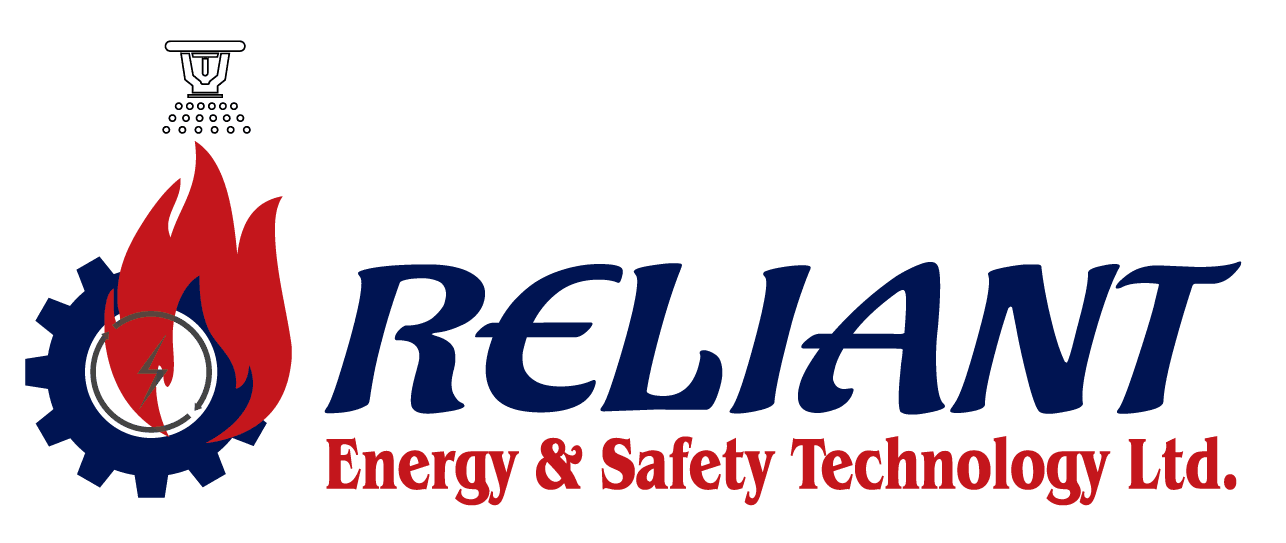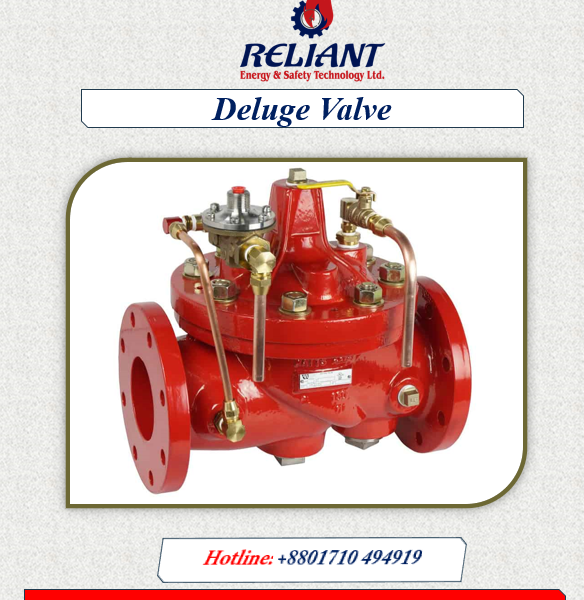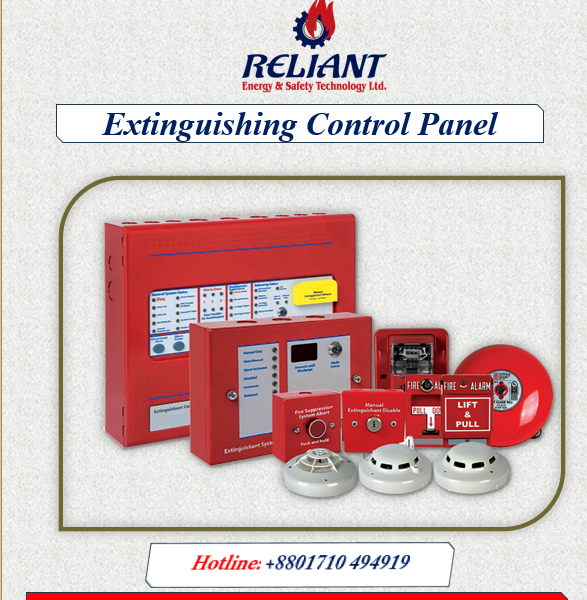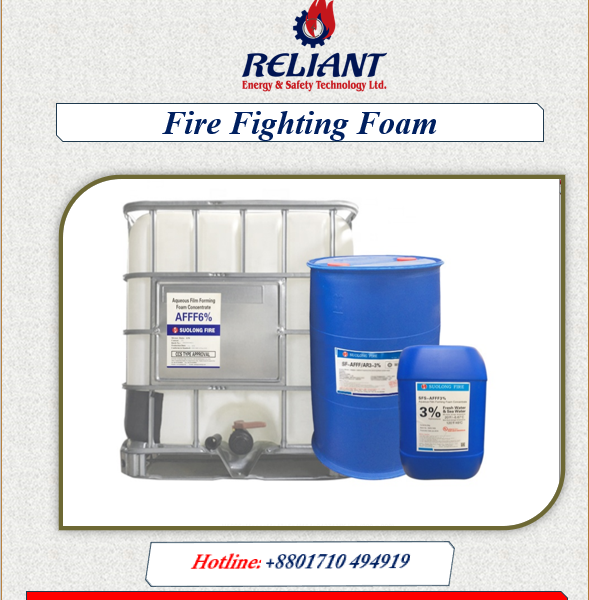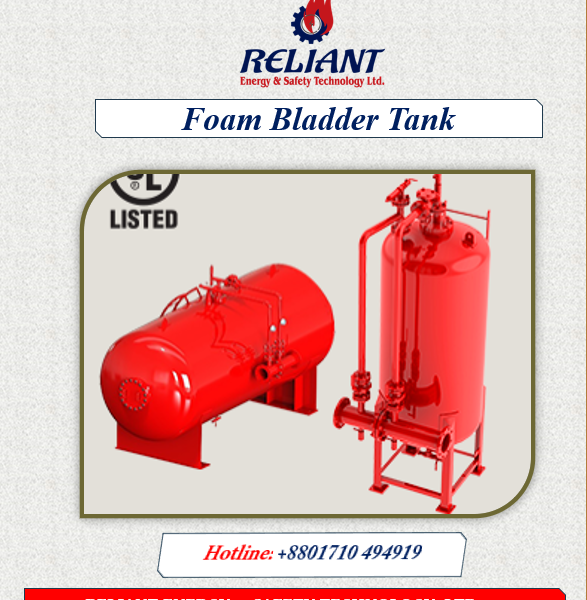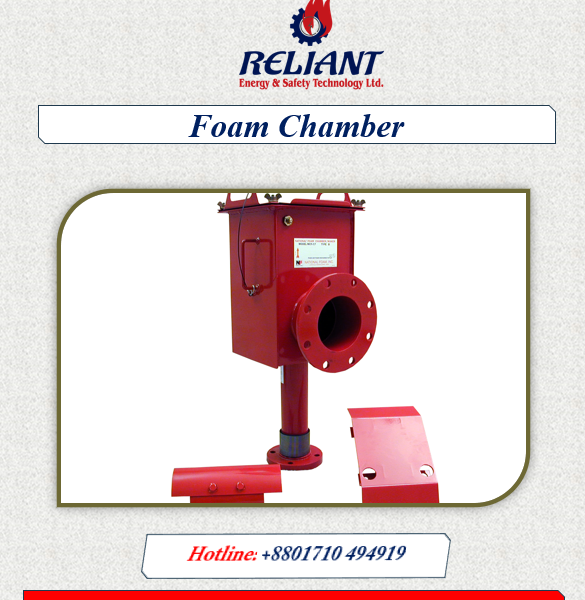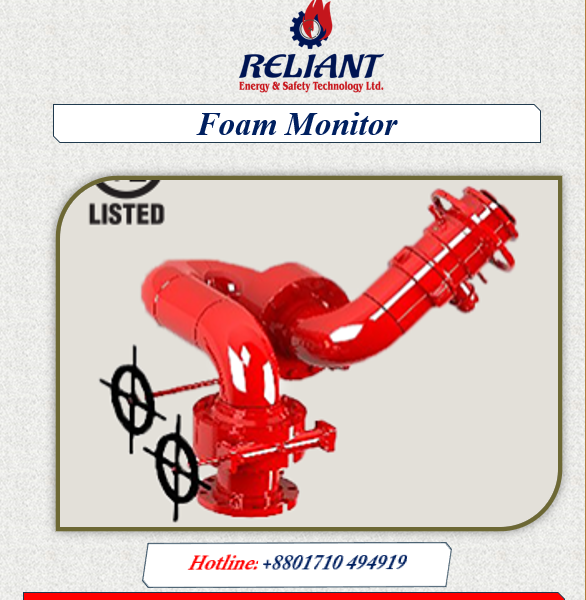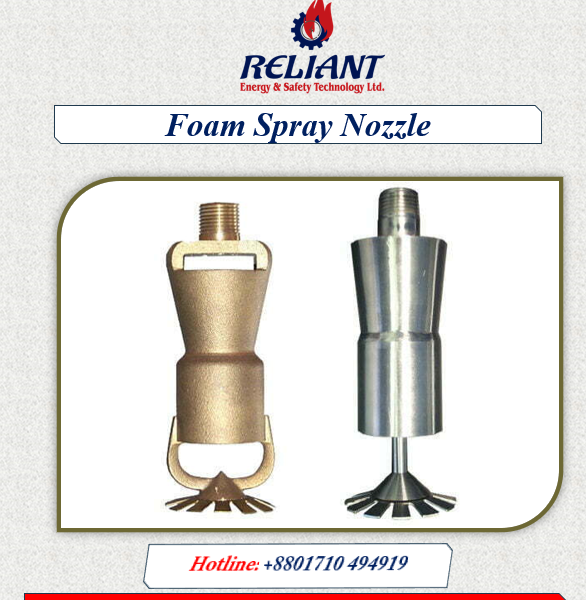Fire suppression system companies
Reliant EST is a prominent name among foam fire suppression system companies in Bangladesh, specializing in cutting-edge fire protection solutions. Reliant EST has a history of doing great work and provides many services, such as designing and setting up fire control systems and keeping them in good shape. Their team of experts makes sure that every system sticks to safety rules and is tailored to each client’s specific needs.
Reliant EST stands out in the business because they care about quality and safety. They know a lot about different kinds of fire suppression systems, like modern gas-based suppression systems and automatic sprinkler systems. When you choose Reliant EST, you get top-notch fire safety that can greatly lower the risk of fire-related disasters. For the utmost safety and peace of mind, Reliant EST is the name you can trust when you need Foam fire suppression system companies.
What is foam fire suppression?
Have you ever thought about what fights fires? A Wikipedia page about fire suppression systems says that they are machines that put out fires on their own, without any help from a person.
The Fire Equipment Manufacturer’s Association did a study that showed that 93% of fire deaths happen when the fire is already going strong. So, it is important to have an automatic fire control system because it puts out fires quickly, which means fewer deaths.
There are many ways that fire suppression devices can be used. They can be used to put out fires in server rooms, data centers, and other places.
Types of fire suppression systems in Bangladesh
Different kinds of fire reduction systems are made to put out or control fires in different places and situations. Most people have these types:
Automatic Sprinkler Systems: These are the most popular type of fire suppression system in Bangladesh, and they are used in a lot of homes and businesses. As soon as a certain temperature is met, sprinklers start to release water that puts out the fire or controls it.
Gaseous Fire Suppression Systems: These use inert gasses or chemicals to lower the amount of air in a fire, which stops it from burning. CO2, FM-200, and Inergen are some of the most common gasses used. People often use them in server rooms, data centers, and other places where water damage is a risk, like places with expensive equipment.
Foam Fire Suppression Systems in BD: These systems use foam to put out dangerous liquid fires (Class B). They do this by releasing a foam agent that covers the fire like a blanket, stopping flammable vapors from escaping.
Dry Chemical Fire Suppression Systems: Systems that use dry chemicals, like ABC powder, to put out fires in dangerous gasses, liquids, and electrical equipment are called dry chemical fire suppression systems. You can often find them in industrial areas.
Water Mist Systems: These systems release tiny drops of water that evaporate and turn into steam. This takes air away from the fire and cools it down. For example, they can be used in kitchens and engine rooms, among other places.
Carbon Dioxide (CO2) Systems: These systems work well to put out fires in places with electrical equipment or factories. CO2 pushes oxygen out of the way, which puts out the fire.
Wet Chemical Fire Suppression Systems: These are made for industrial kitchens. They release a potassium-based agent that reacts with cooking oil to make a foam layer that puts out the fire and cools it down.
The type of fire suppression system chosen relies on the conditions and risks of fire in the area. It’s important to work with pros in fire protection to find the best system for your needs and make sure you follow all local safety and fire rules.
How does the fire suppression system work
Fire suppression systems work by getting to a fire quickly and stopping it before it does too much harm. Automatic sprinkler systems, which are the most popular, use heat-sensitive parts to find out when a fire is getting too hot. When they are set off, they release water or fire-putting chemicals that put out the fire. Other methods, like those that use gas or foam, lower the amount of oxygen in the air or cover the fire to stop it from starting. The exact method changes, but the goal stays the same: quickly and successfully put out fires to protect people and property.
